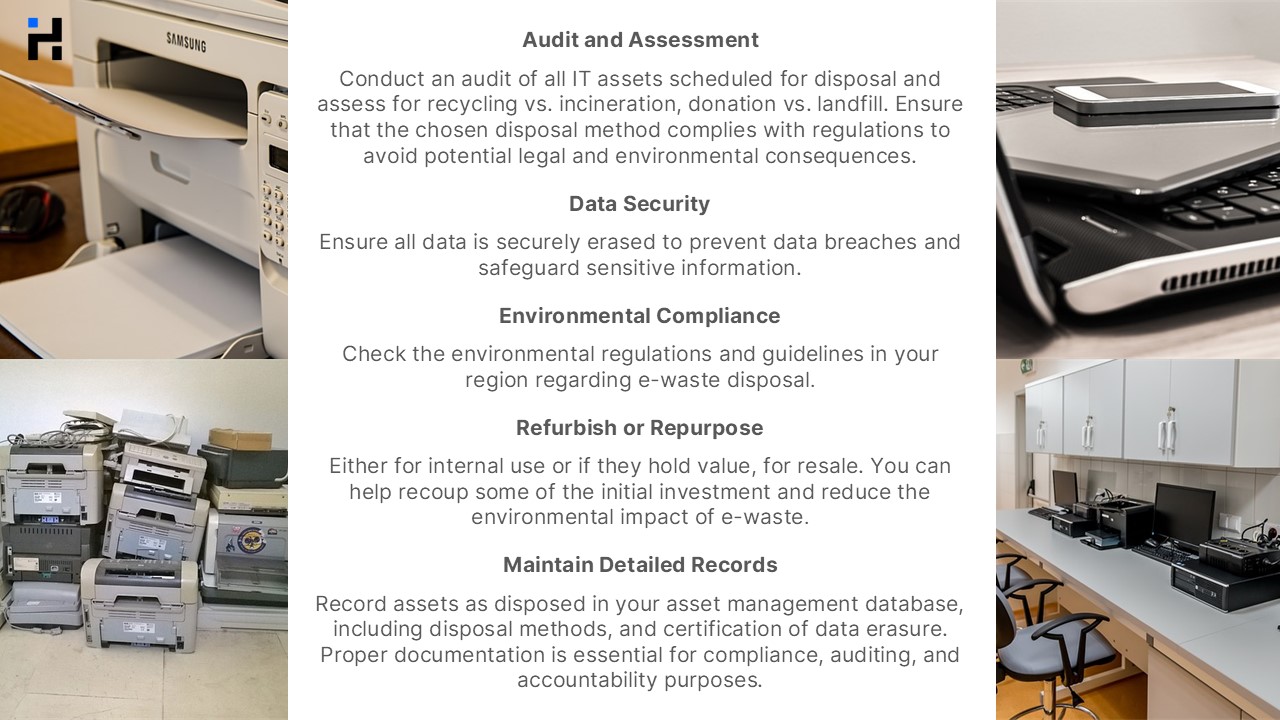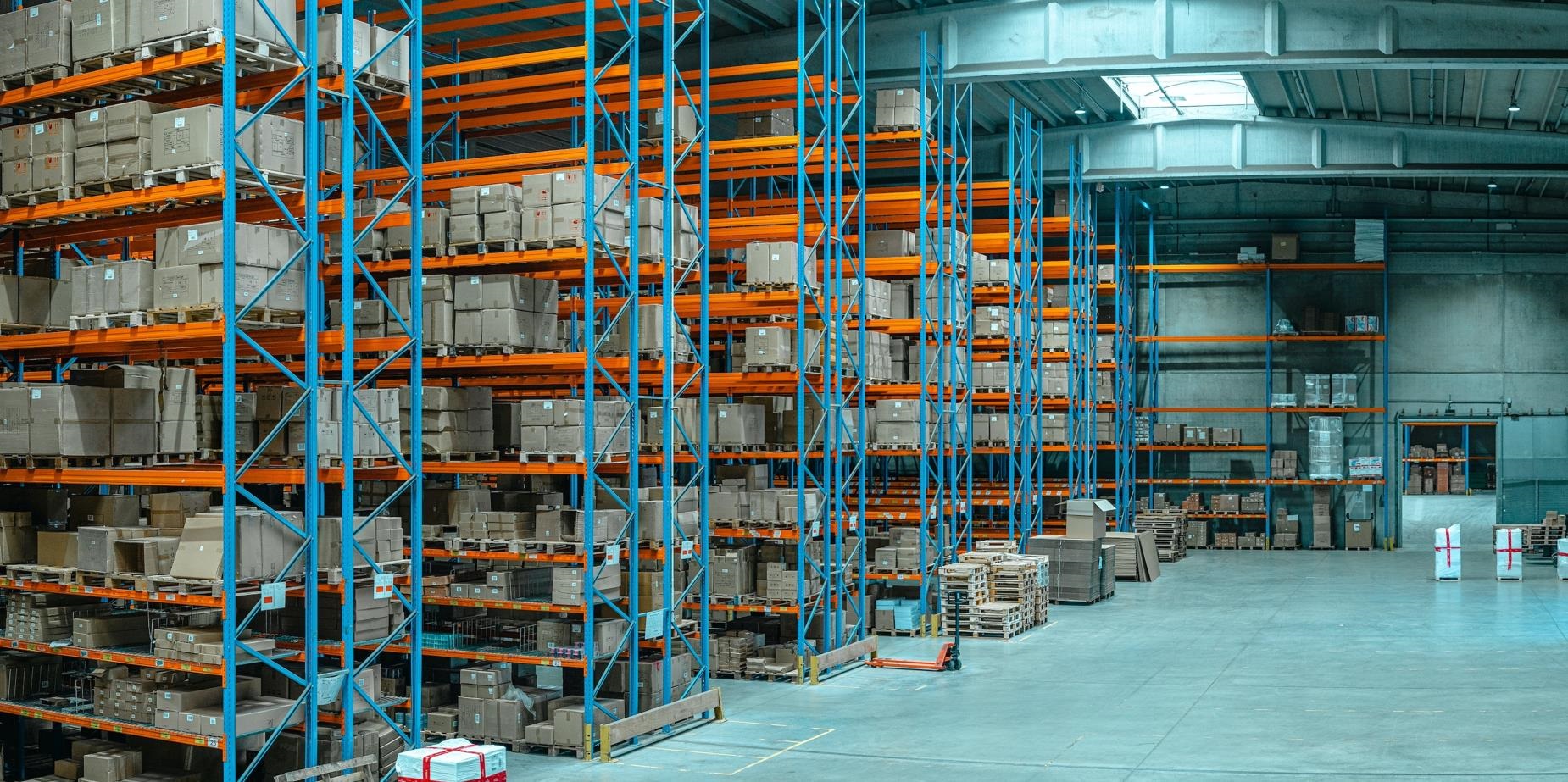To stay competitive, organisations must adopt sustainable Information Technology (IT). Sustainability practices offer business operators a chance to improve. They can streamline operations, cut waste, and optimise their assets’ lifecycles. Green IT is computing technology designed to be environmentally responsible. Sustainable IT effectiveness takes a holistic view of green IT and disposal practices. It will prepare your organisation for future challenges.
Electronic waste (e-waste) is the fastest growing solid waste stream in the world, increasing three times faster than the world’s population. Less than a quarter of e-waste produced globally in 2019 was known to be formally recycled; however, e-waste streams contain valuable and finite resources that can be reused if they are recycled appropriately. Electronic waste (e-waste)
Risk Management and Governance
Organisations around the world are seeking to do more. They want to cut their environmental impact. They are seeking ways to adopt greener, more sustainable practices. If IT is managed well, it can help in the quest for environmental responsibility. Green IT, or sustainable IT, uses technology to reduce its carbon footprint and environmental impact. This concept encompasses both the hardware and software aspects of IT.
Today’s organisations find themselves facing a relatively new challenge—governing and managing sustainability—since sustainability has become an important issue and is increasingly essential for business. Green IT practices help enterprises achieve and maintain Eco sustainability. Like any other business practice, Green IT can be optimised for value—not only to the business but also to the broader community—when it is appropriately governed and managed. COBIT 5 offers an IT governance and management framework to help enterprises standardise and control Green IT so that it meets the expectations of the business. The case study herein offers one example for planning and conducting Green IT audits to measure the enterprise’s progress towards Green IT goals. Auditing Green IT Governance and Management With COBIT 5
A climate strategy that considers climate risks impacts on business. It should cover the strategy, outlook, risk appetite, financial and operating plans for the short, medium, and long terms.
The challenge IT leaders face, however, is that current technologies still have only an early-stage, open-telemetry capability for capturing the necessary performance and efficiency data — and for assessing IT’s GreenHouse Gas (GHG) emissions footprint. This reality is further complicated by the fact that powerful technologies, such as AI and blockchain, also have a large environmental footprint. Given this, sustainable IT is a balancing act between driving higher business performance and not adversely hindering sustainability goals. Gartner: Sustainable Technology
The Role Of Green IT and Asset Utilisation
Asset utilisation is the process of maximising the efficiency and lifespan of a company’s resources. Improving asset use is key to cutting costs and environmental impact. This applies to machinery, devices, and vehicles.
Extended Lifecycles: Regular maintenance and repairs can extend asset life. This reduces the need for frequent replacements. This minimises the amount of waste sent to landfills and conserves natural resources used in production.
Optimised Resource Allocation: Businesses can cut inefficiencies by using data-driven tools. For example, asset management software can track assets’ usage and performance. This not only ensures that we use assets to their full potential but can also cuts down on energy consumption and operating costs.
Green IT Disposal Processes
Having a well-structured disposal process is crucial when IT assets reach the end of their lifecycle. As equipment ages or becomes superseded, managing asset disposal becomes key to IT Asset Disposition (ITAD). A detailed prep for this stage is vital. It guarantees secure, eco-friendly, and effective management of retired IT assets. Poor disposal practices can cause compliance violations, environmental damage, and extra costs. This is especially true for electronic devices, which often contain hazardous materials. Below are key steps to consider when preparing for asset disposal:

Environmental Responsibility
Sustainability goes beyond cutting costs; it also aims to lessen environmental impact. An IT action plan focused on sustainability aids businesses. It ensures e-waste is recycled or repurposed. This approach tackles the e-waste issue. Moreover, it shows corporate responsibility. This, in turn, attracts customers and stakeholders who value environmental concerns.
Cost Efficiency
Disposing of assets in a responsible manner doesn’t always mean throwing them away. Many people can refurbish, resell, or donate electronic devices. These options help businesses recoup some of their investment. They can avoid wasteful purchases and cut disposal costs.
Asset Management
Use an asset management system to keep a detailed database of all assets. It must include their expected lifespan and replacement timelines. This allows businesses to plan ahead and minimise downtime when it is time to replace or dispose of assets.
Compliance Checklists
Ensure disposal procedures follow industry regulations, like the WEEE directive (Waste Electrical and Electronic Equipment) in the EU and local e-waste laws. These checklists can prevent costly legal issues and maintain compliance.
Partner with Certified Recyclers
Collaborate with certified electronic waste recyclers that adhere to environmentally friendly disposal practices. This reduces the risk of improper handling and ensures safe disposal of hazardous materials.
Data Security
Before disposing of any electronic device, make sure all sensitive data is securely erased. Implementing proper data-wiping protocols can prevent data breaches and protect your company’s reputation.
Conclusion
Incorporating sustainability into your business operations is not only a matter of meeting consumer expectations or regulatory requirements. It offers a strategic advantage, maximising asset utilisation coupled with clear and compliant disposal policies. Green IT can reduce costs, improve operational efficiency, and enhance your company’s reputation as a responsible corporate citizen.
As sustainability continues to steer the future of business, companies that prioritise it will be well-positioned to thrive in an increasingly competitive market. By taking proactive steps today, businesses can foster a more sustainable tomorrow while reaping the financial benefits of a well-managed asset lifecycle.
Are you impacting the environment with disposed assets ending up in landfills? Hardcat’s software solutions play a pivotal role in driving sustainable IT asset management solutions initiatives and environmental responsibility within organisations. Discover how Hardcat’s asset management solutions can help your business achieve its sustainability goals today!



